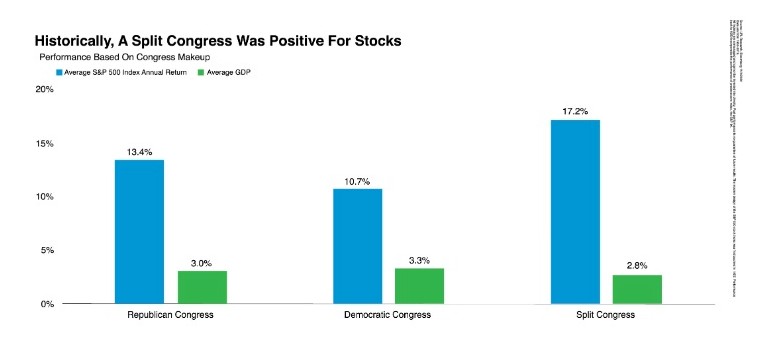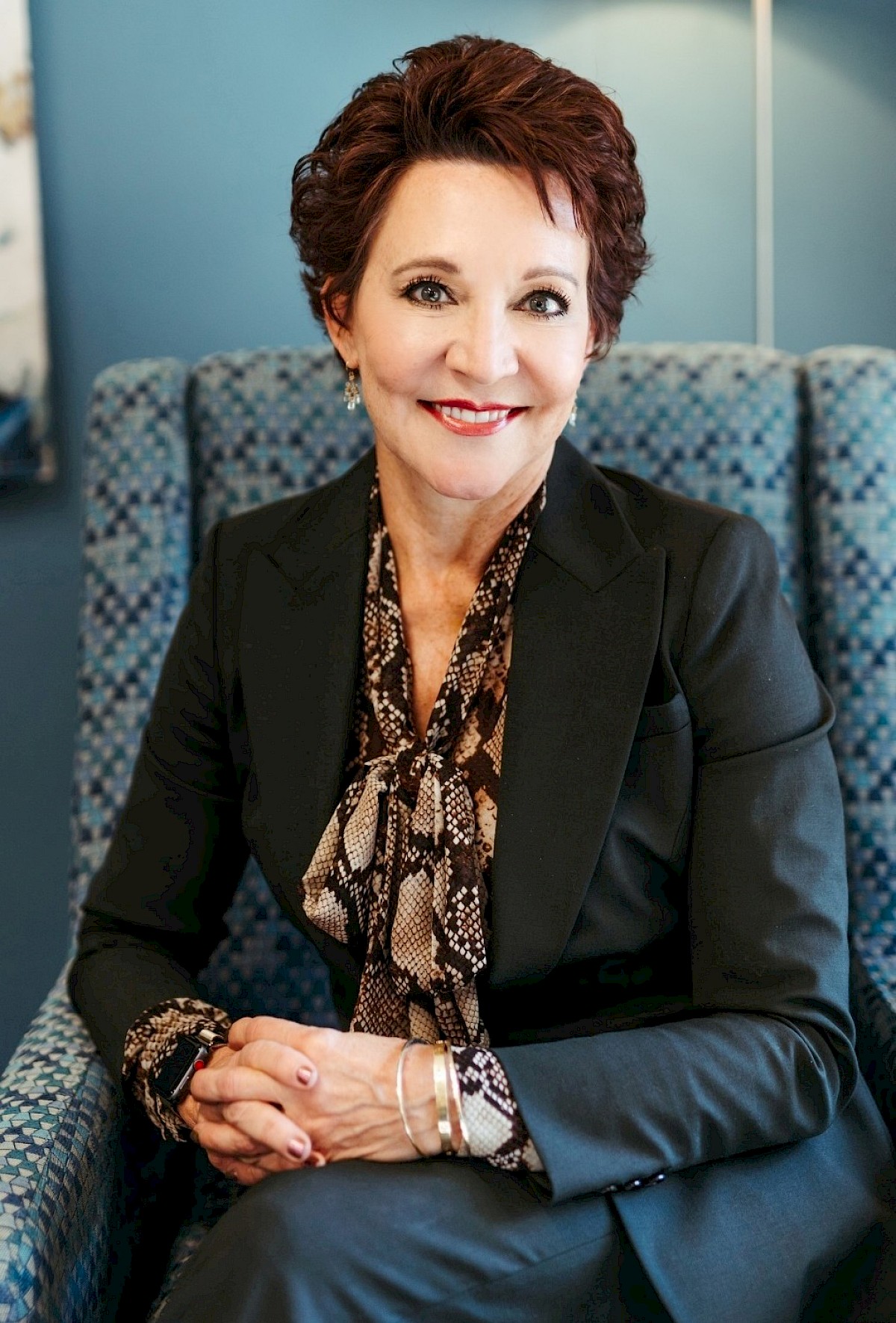Division Over Divisiveness
At a time when seemingly simple issues like face masks and election results create animosity between colleagues, friends, and even family members, it is hard to argue that we are not a country divided. But are we really divided or more divisive, or both? Division is a separation of opinion or feeling, while divisive is defined as creating dissention or discord. Call us divided if you will, but having attempted a few casual political debates recently, I would define the reactions as divisive and even a tad emotional.
Divisiveness seems to be a cyclical thing, but divided we’ve always been. Divided could be a political descriptor of our country from the time of its formation. The British and the Colonial settlers divided, of course. Then, the founding fathers’ Federalists vs. Republican policy debates formed our Constitution, whose pillars are grounded in division.
The principal source of our theory of separation of powers as implemented in the Constitution was not an American idea but that of Charles de Secondat, Baron de Montesquieu, a French judge and political philosopher. He argued for three separate branches of government, each of which would have defined abilities to check the powers of others.
The Constitution divides the federal government into three branches to make sure no individual or group will have too much power:
- Legislative—Makes laws (Congress, composed of the House of Representatives and Senate)
- Executive—Carries out laws (president, vice president, cabinet and most federal agencies)
- Judicial—Evaluates laws (Supreme Court and other courts)
This ability for each branch to hold distinct powers and authorities, with checks from the other branches, ensures we do not fall under the rule of despot, tyranny or absolute authority. The structure established by our Constitution has stood for centuries, survived wars, both the industrial and technological revolutions, unimaginable societal changes, and many a diverse and even divisive Congress and president. Yet, she continually serves as guardrails to ensure we have the fairest, most stable governmental structure in the world.
We were designed to be divided, but in a cooperative, non-divisive manner. It is a system with checks and balances, not just to audit or oversee, but to ensure and enforce the best decisions and policies are enacted to serve the citizens of this country.
Being politically divided has a history of working well for us, especially economically. Fortune Magazine reports, the S&P 500 historically has done well under a divided Congress, up over 17% on average.

According to a recent report by WalletHub, based on our history, the U.S. economy does best under a Republican Congress and a Democratic president. Among their findings:
- GDP growth rate shows 4.22% better performance under both Democratic president and congress.
- Household income improves an average of $1,524 under a Democratic president and a Republican Congress.
- Employment rates show most improvement, .85%, under a Democratic president and a blended Congress.
- The health insurance rates improve with a Democratic president and mixed congress
- Job growth is up 2.8% on average under a Democratic president and Congress.
- National debt as a percentage of GDP dips an average of .76% with a Democratic president and Republican Congress, with the last balanced budget being with Democrat Bill Clinton as President and Republican Newt Gingrich serving as Speaker of the House.
Then there is Wall Street. The Dow Jones Industrial Average hit all-time highs in post-election November. Investors have voted for the divided government with their pocketbooks. They are banking on a division of power between President and Senate come January. While the outcome of the Georgia run-off elections is yet to be determined, investors and prognosticators alike seem confident that the Republicans will retain control of the Senate, ensuring a divide. But even if Democrats gain control of the Senate by prevailing in these two runoff elections, they will hold a razor-thin majority and there is no guarantee that everyone will march in lockstep with party leadership.
The most conservative Democrat in the Senate, Joe Manchin of West Virginia, is in a position of particular importance. He has bragged of being more “moderate or centrist than anybody else in Congress,” adding, “If we can’t come together to help America, God help us.” Doesn’t that say it all? We are Americans first. Even divided, we can still find common ground and get beyond the current divisiveness.
On December 2, in valedictory remarks delivered on the Senate floor, Senator Lamar Alexander of Tennessee, a retiring Republican, pleaded with his colleagues to recommit to a spirit of cooperation and open debate. Alexander said the chamber had erred and that it deserved the public frustrations that have been heaped upon it. He faulted senators on both sides of the aisle for blocking each other’s amendments. In closing, he commented, “Lately the Senate has been like joining the Grand Ole Opry and not being able to sing. It’s a real waste of talent.”
On a further unifying and encouraging note, during a recent Zoom meeting in which I participated, the Republican Senator Perdue of Georgia (one candidate in the run-off), specifically addressed working together, finding common ground, reaching across the divide to serve the greater good—making a better life for the citizens of this country.
Division forces politicians to debate, negotiate and settle agreements that serve the majority of the citizens, while divisiveness creates animosity, inaction and harms all. It is time to embrace our divide and set aside the divisiveness. To grow as a country and people, division over divisiveness. ![]()


